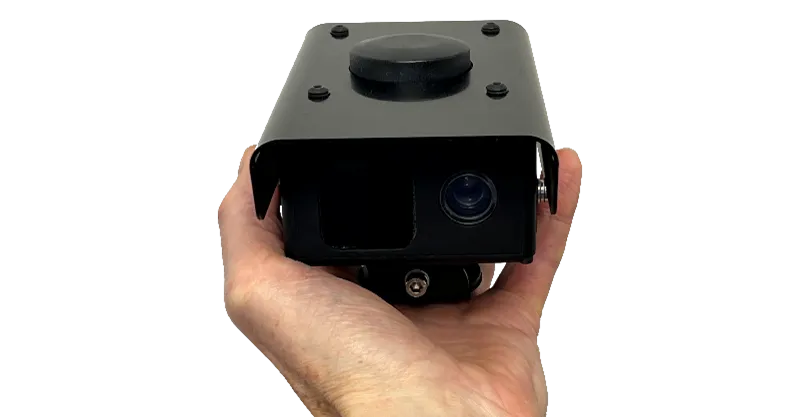Dutch identification technology company Nedap has launched two more cameras for its automatic number plate recognition (ANPR) platform.
The advanced ANPR Lumo can be applied in challenging vehicular access control applications, including in regions with license plates that include different font formats.
The ANPR Access V2 is the successor of Nedap’s ANPR Access, offering better performance while being fully compatible with existing installations, says the company.
Both new cameras easily integrate with any third party security, parking and traffic management systems using their built-in Wiegand options. The available options for configuration and interfacing have been enhanced and extended, making ANPR a viable option for installations all over the world, including the Pacific and the US, according to the company.
Nedap also offers its TRANSIT platform consisting of semi-active RFID readers and tags (2.45GHz) that enable vehicle and driver identification up to 10m in the most robust way possible. TRANSIT is specifically designed to perform in high-security applications and under harsh environmental conditions, offering long-range identification of taxis, ambulances, buses and trucks.
Detroit roads are about to be given the assessment treatment from RoadBotics.
Nedap launches next generation of ANPR platform
Dutch identification technology company Nedap has launched two more cameras for its automatic number plate recognition (ANPR) platform.
The advanced ANPR Lumo can be applied in challenging vehicular access control applications, including in regions with license plates that include different font formats.
The ANPR Access V2 is the successor of Nedap’s ANPR Access, offering better performance while being fully compatible with existing installations, says the company.
Both new cameras easily integrate
January 3, 2019
Read time: 2 mins









